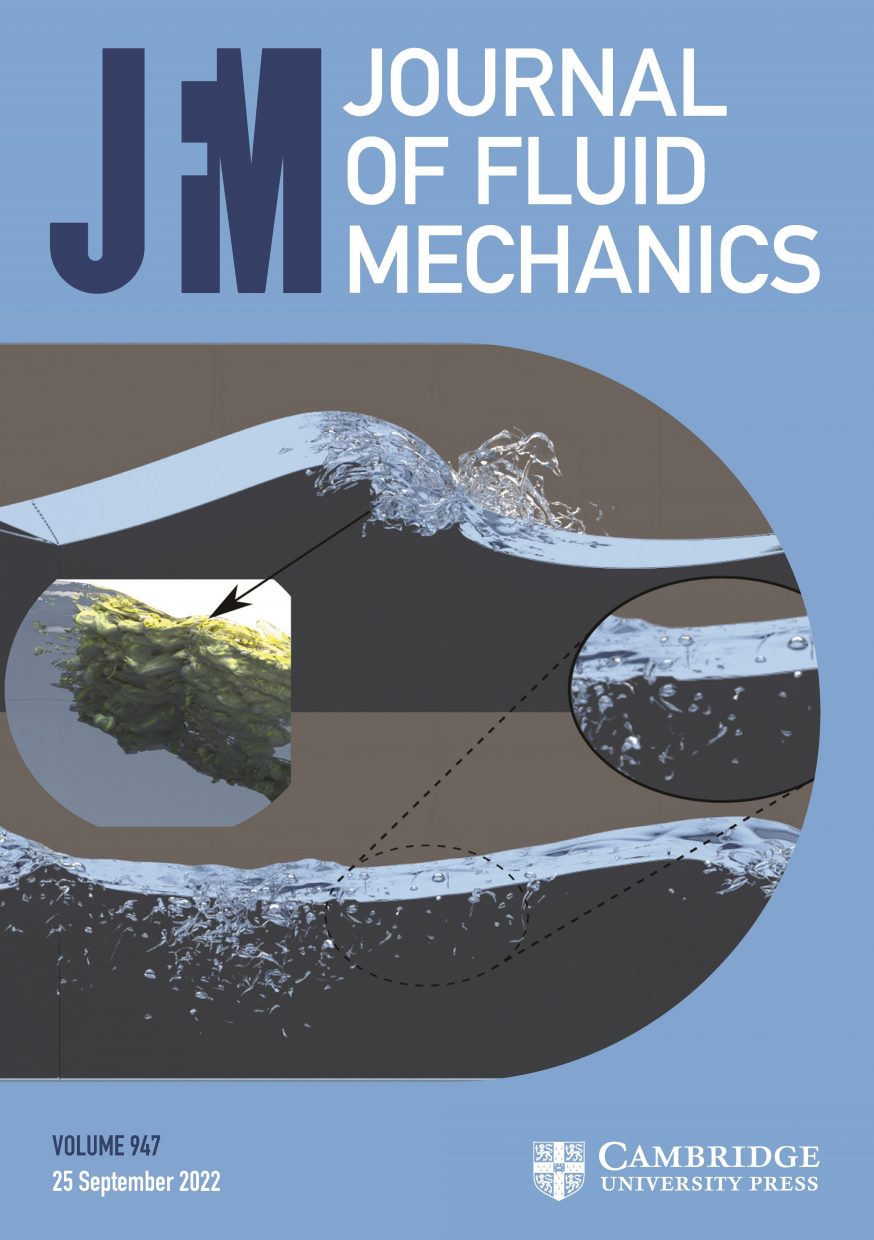Ducks win big at the Ig Nobels
The 2022 Ig Nobel laureates have been named, and the Journal of Fluid Mechanics would like to extend warm, exothermic congratulations to all of this year’s recipients, especially Zhi-Ming Yuan, Minglu Chen, Laibing Jia, Chunyan Ji, and Atilla Incecik for their work on duckling swimming in formation that was published in JFM in December, 2021. They share the award jointly with Frank E. Fish whose 1994 book Mechanics and Physiology of Animal Swimming presented arguments exploring energy conservation by formation swimming using metabolic evidence from ducklings. This announcement marks the 32nd year of the award, which has previously honoured research leading to understanding the mechanics responsible for wombat’s cube-shaped faeces, that fluid dynamics properties are applicable in the study of cat morphologies, and the friction-altering effects of cartoonishly stepping on a banana peel.
The Ig Nobel prizes, which were first awarded in 1991, have been honouring “research that makes people laugh… then think”. The award makes cheeky reference to the Nobel prizes (which are announced in early October), making the point that scientific research can be both entertaining and impactful. This year’s award “for trying to understand how ducklings manage to swim in formation” does exactly that, showing that this formation is not only cute, but provides the fleet significant energy savings regardless of how many ducks are in the row.
In their paper, Incecik et al. explain that the swimming behaviour observed in ducks is largely a consequence of wave interference. At first glance, their single-file swimming may remind one of cyclists or race cars “drafting” behind each other, a technique where each entity shelters those behind them from energy-robbing drag. This too is happening when ducks swim in a line, but the waves they create in the water also enable two connected effects: wave-riding and wave-passing.
Wave-riding is exactly what it sounds like, and is shown schematically in Figure 1. When the lead duck swims, it creates a wake in the water and trailing waves. Depending on where on the wave the following duck is situated, it can be like swimming uphill or downhill, the former requiring more energy expenditure than the latter. In fact, the effect can be so strong that the drag a trailing duck experiences can be negative, as if it were being pulled along. Of course, the lead duck’s wake shrinks the further back one goes, meaning the energy saving effect of wave-riding diminishes for each subsequent duck. This, however, is where wave-passing comes in.

The lead duck is not the only one that makes waves as it swims; each duckling also creates a small wake pattern that interferes with the lead-duck’s waves. Depending on the spacing, these waves can interfere constructively or destructively with each other. The authors showed that with an optimal spacing, each duckling reinforces the group wave pattern such that each trailing duckling experiences a nearly 100% reduction in drag, regardless of the number of ducklings in a row. Though only the first few ducklings are predicted to experience negative drag, every subsequent duckling gets essentially a free ride wave-passing the energy savings on to the next in line.
This research article made waves with researchers and non-scientists alike, not just for its awww-factor, but also for presenting mathematically challenging information in the context of an engaging system. Abstracted away from ducklings, the results of this study could potentially be applied to seafaring vessels or group dynamics of other animals. In particular, the authors note that this result could provide significant fuel savings if applied to cargo shipping in the form of a water-train, emphasising that this research is not just a highly tweet-able study of animal behaviour, but also potentially useful in optimising shipping and logistics. For more details, full access to this research article is available on the Journal of Fluid Mechanics website.
Article Title: Wave-riding and wave-passing by ducklings in formation swimming
This is article is Open Access – available to read and download for free.
Authors: Zhi-Ming Yuan, Minglu Chen, Laibing Jia, Chunyan Ji and Atilla Incecik
Have you checked out JFM’s sister journal, FLOW? In addition to publishing interdisciplinary and widely-interesting research, FLOW is committed to making research accessible through articles like this. Be sure to follow Flow and the Journal of Fluid Mechanics on Twitter to stay up to date with the latest developments in the field and see what is featured next on the blog.






